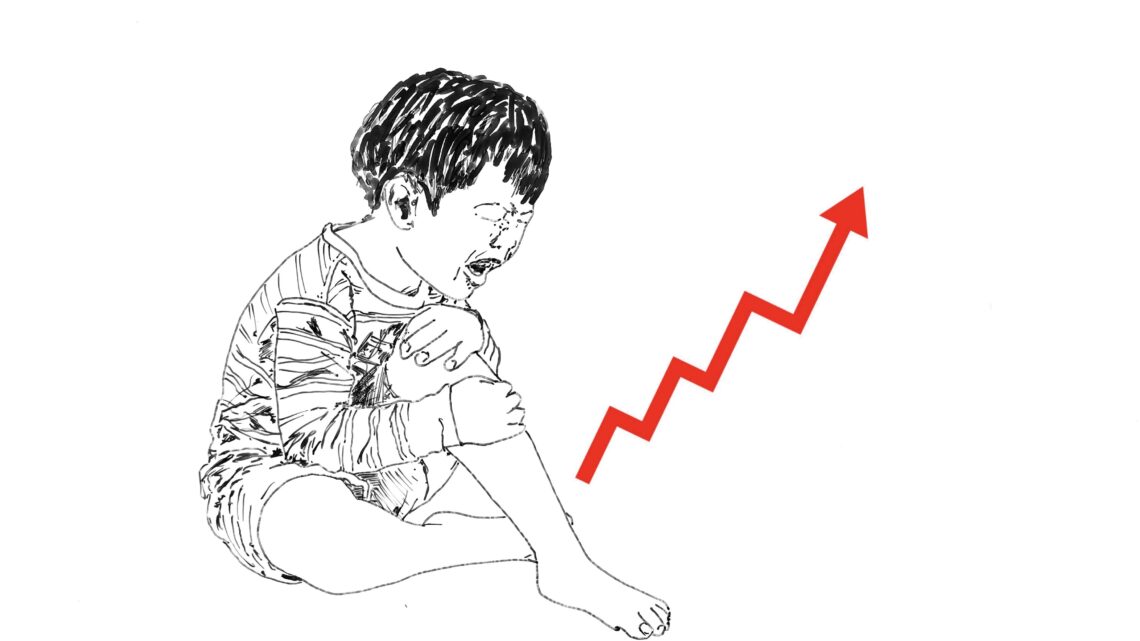200 Years of Growing Pain
October 5, 2023
The term growing pain was first mentioned in 1823 by Marcel Duchamp, not the artist but a French physician. It relates to the condition of benign nocturnal limb pains in childhood, most often occuring between 3 and 12 years old. Many studies have tried to investigate the cause of growing pains but have failed to understand it completely: Vascular perfusion changes, anatomical and genetic abnormalities, vitamin D deficiency,psychological factors and even a presumed lower pain threshold in some individuals have been proposed to explain the cause of growing pain. Anything but the notion of growth itself.
But maybe it’s not coincidental that Duchamp cornered the term in the first part of the 19th century when the full effects of the Industrial Revolution started to take effect. GDP’s in the west grew rapidly, as did the social, ecological and psychological pressures that come with this singular focus on increased production. Perhaps we can speculate that ‘something fundamental’ changed in the way we perceived and experienced reality and with this altered perception and experience also came a different expression of the sentient body. It is within this collective altered state of society that Duchamp was able to put into words what the young were already feeling: growth hurts. Perhaps the body channeled some of this pain, not as a step towards something better as we’ve been taught to believe, but just as pain itself. As an indication of (di)stress. And perhaps it is also not coincidental that this growing pain disappears around 12 years old, when the young mind has been firmly conditioned to embrace growth as the ‘normal’ state of affairs.
A century later, when the Second Industrial Revolution with its many technological innovations further increased our focus on growth, the fictive character of Oskar Matzerath is born in a hospital in Gdansk. Oskar is the protagonist in the Gunter Grass novel The Tin Drum. Born with the consciousness and perception of an adult, but without the subsequent conditional lessons on growth, decides when he is 3 years old (indeed just before the age that growing pain occurs) decides that he will grow no more. It is a physical response to the unwanted manifestation of flesh and bone but even more so, an act of defiance towards a society that lost its moral direction and sacrifices the future of its young to the abstract idea of always more.